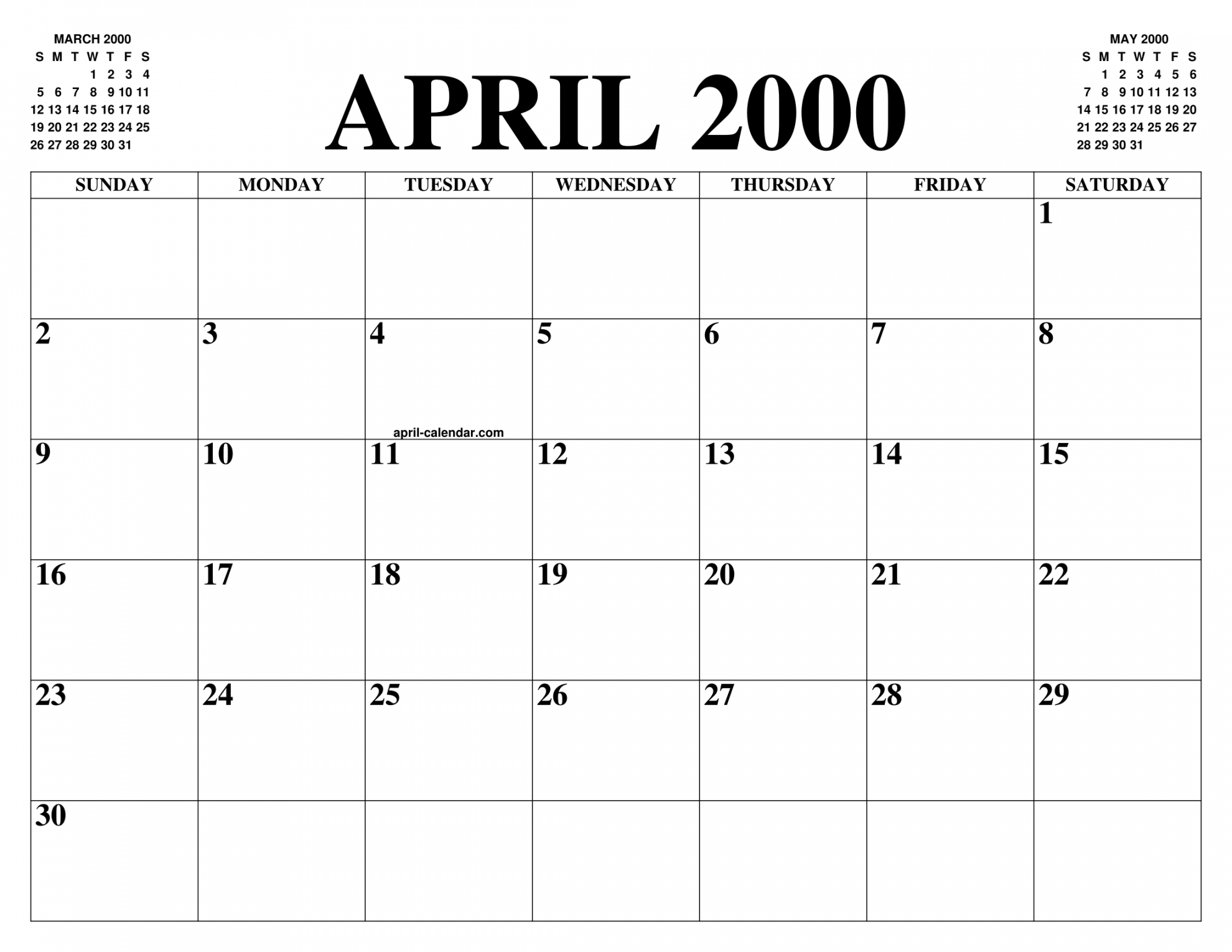2024 Political Calendar Is Jam Packed
Get a daily rundown of the top stories on Urban Milwaukee
Media members at Fiserv Forum for the 2024 RNC fall media walkthrough. Photo by Jeramey Jannene.
While you were welcoming the new year last week, Wisconsin’s political calendar jumpstarted. Party leaders recommended candidates for April 2 presidential primaries and candidates running in nonpartisan elections on that day filed nomination papers.
There’s no escaping the loud, expensive, bitter political year that’s coming, so here’s a calendar of what happens when:

Jan. 12: Deadline the state Supreme Court gave all parties to file proposed district lines for 132 seats in the Legislature. All 99 Assembly seats, and 16 of the 33 Senate seats, will be up in Nov. 5 elections.
Jan. 16-25: First legislative floor period of 2024. Republicans control the Assembly by a 64-35 margin and the Senate, 22-11.
Jan. 23: Democratic Gov. Tony Evers will deliver his fifth State of the State speech. He is expected to again call for a middle-class tax cut, new subsidies for child-care centers that will be hurt when federal COVID-19 and one-time state aid expires, and using federal aid to extend Medicaid to an estimated 90,000 more residents.
Feb. 13-22: Legislative floor period.
Get a daily rundown of the Milwaukee stories
Feb. 20: Spring primary for nonpartisan offices. There is no statewide Supreme Court election this year, so primaries will be held for a few judicial and local government races.
March 12-14: Legislative floor period.
March 15: Date by which the Wisconsin Elections Commission says it needs new district boundaries drawn for Nov. 5 legislative elections. Assembly Speaker Robin Vos has said Republicans will appeal the state court’s actions to the U.S. Supreme Court, which could affect this deadline.
April 1: Candidates for Nov. 5 general elections can begin circulating nomination papers.
April 2: Presidential primary and general elections for nonpartisan offices.
On Jan. 2, the Presidential Preference Selection Committee recommended one Democrat (incumbent Joe Biden) and six Republicans (Chris Christie, Ron DeSantis, Nikki Haley, Asa Hutchinson, Vivek Ramaswamy and Donald Trump) as candidates for the April presidential primary.
Who won past Wisconsin presidential primaries is interesting: In 2020, Biden got 62% of the Democratic vote and Sen. Bernie Sanders, 31%. (Republican President Donald Trump was unopposed). In 2016, Sanders beat Hillary Clinton, 56% to 43%, in the Democratic primary; Republican voters split between U.S. Sen. Ted Cruz, 48%; Trump, 35%; and John Kasich, 14%. In the 2012 Republican primary, U.S. Sen. Mitt Romney won with 44%; Rick Santorum, 37%; Ron Paul, 11%; and Newt Gingrich, 6%. (Democrat President Barack Obama was unopposed).
April 11: Last general-business floor period for Legislature.
April 16-13: Legislative floor period, if needed.
May 14-15: Legislature may consider governor’s vetoes.
June 1: Deadline for candidates for the Nov. 5 general election to file nomination papers.
July 15-18: Republican National Convention, which could bring up to 50,000 visitors to metropolitan Milwaukee and up to $200 million in revenue to southeast Wisconsin.
Aug.13: Partisan primary. Primary elections will be held if more than one candidate from one party seeks the office of U.S. Senator, U.S. House member, or any of the 115 seats in the Legislature that will be filled on Nov. 5.
Aug. 19-22: Democratic National Convention in Chicago, which will have a regional economic impact in southeast Wisconsin.
Nov. 5: General election for President, U.S. Senate, eight U.S. House seats and 115 seats in the Legislature.
The last two Presidential elections in Wisconsin have been decided by the narrowest of margins: In 2020, Biden beat Trump, 49.4% to 48.8%. In 2016, Trump beat Clinton, 47.2% to 46.4.
The winning margins in Wisconsin were wider in the two previous presidential elections. Obama got 52% of Wisconsin’s vote in 2012 and 56% of the 2008 vote.
Leaders of both political parties say Wisconsin will again be one of the small number of states that decides who is elected President. “For Democrats, our job is to always lose sleep over the fact that we are the home of the nail-biter,” Democratic Party Chair Ben Wikler told WISN-TV. “Democrats don’t take any voter for granted, and they don’t take any voter off the table. We’re going to be organizing in deep red rural areas and the brightest blue spots across the state – across generation, geography, race, ethnicity, tribe.”
Republicans will match that effort, Party Chairman Brian Schimming promised in the same interview. “We’re going to have a massive early voting drive in this state that Democrats have not seen before.”
Steven Walters started covering the Capitol in 1988. Contact him at [email protected]